
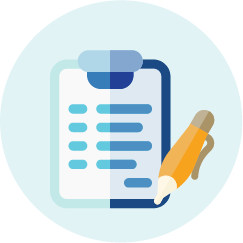
Assessment
and Diagnosis
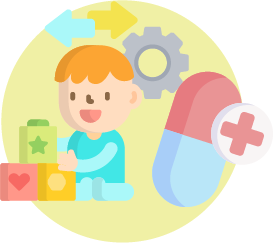
Behavioral Therapy and Medical Treatments

Training Programs
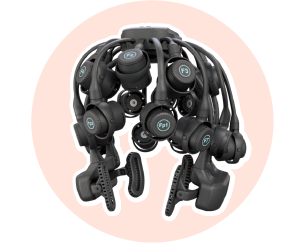
Quantitative Electroencephalogram
(qEEG)
(qEEG)

Government Department Referrals


Assessment
and Diagnosis

Behavioral Therapy and Medical Treatments

Training Programs


Government Department Referrals
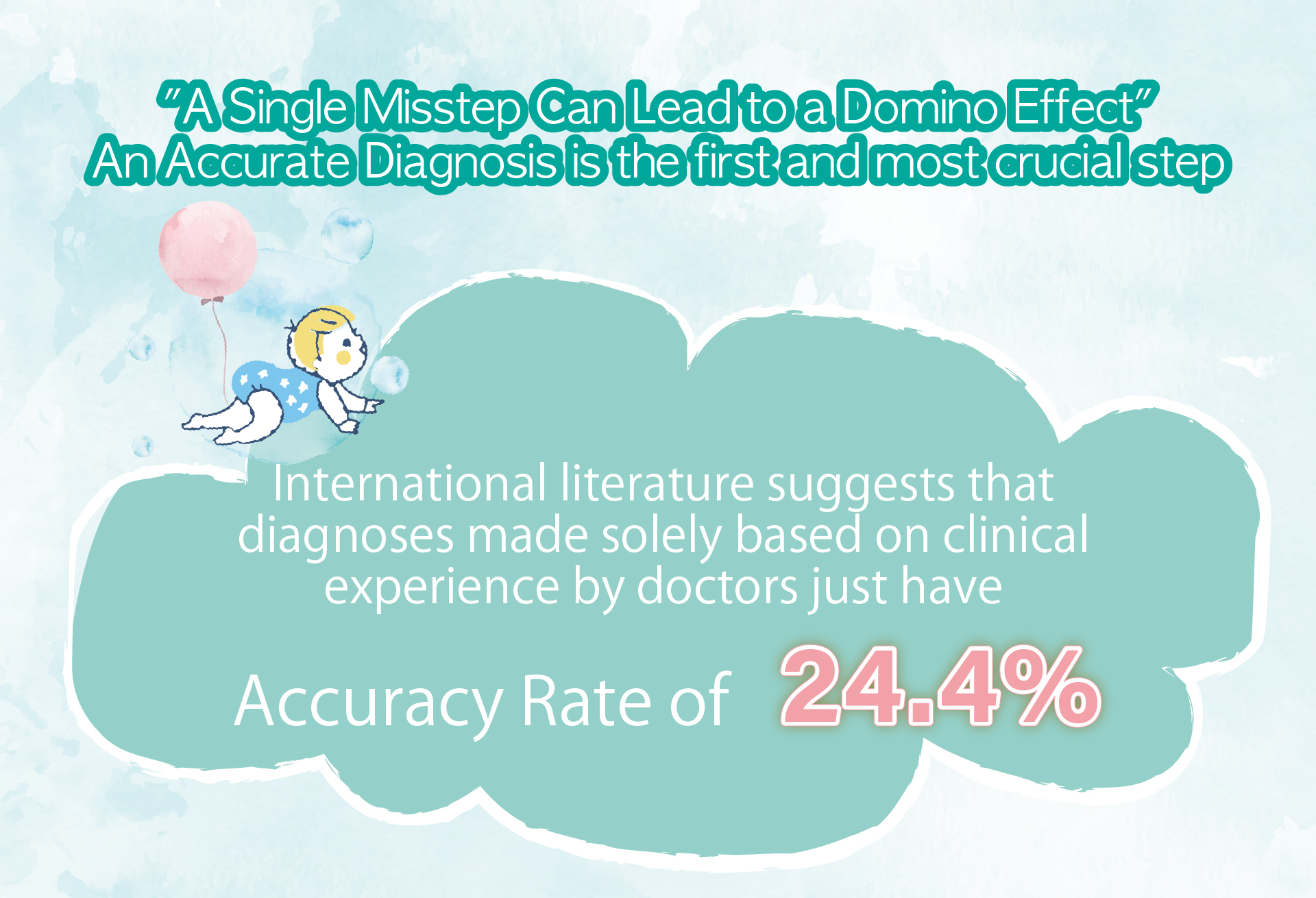
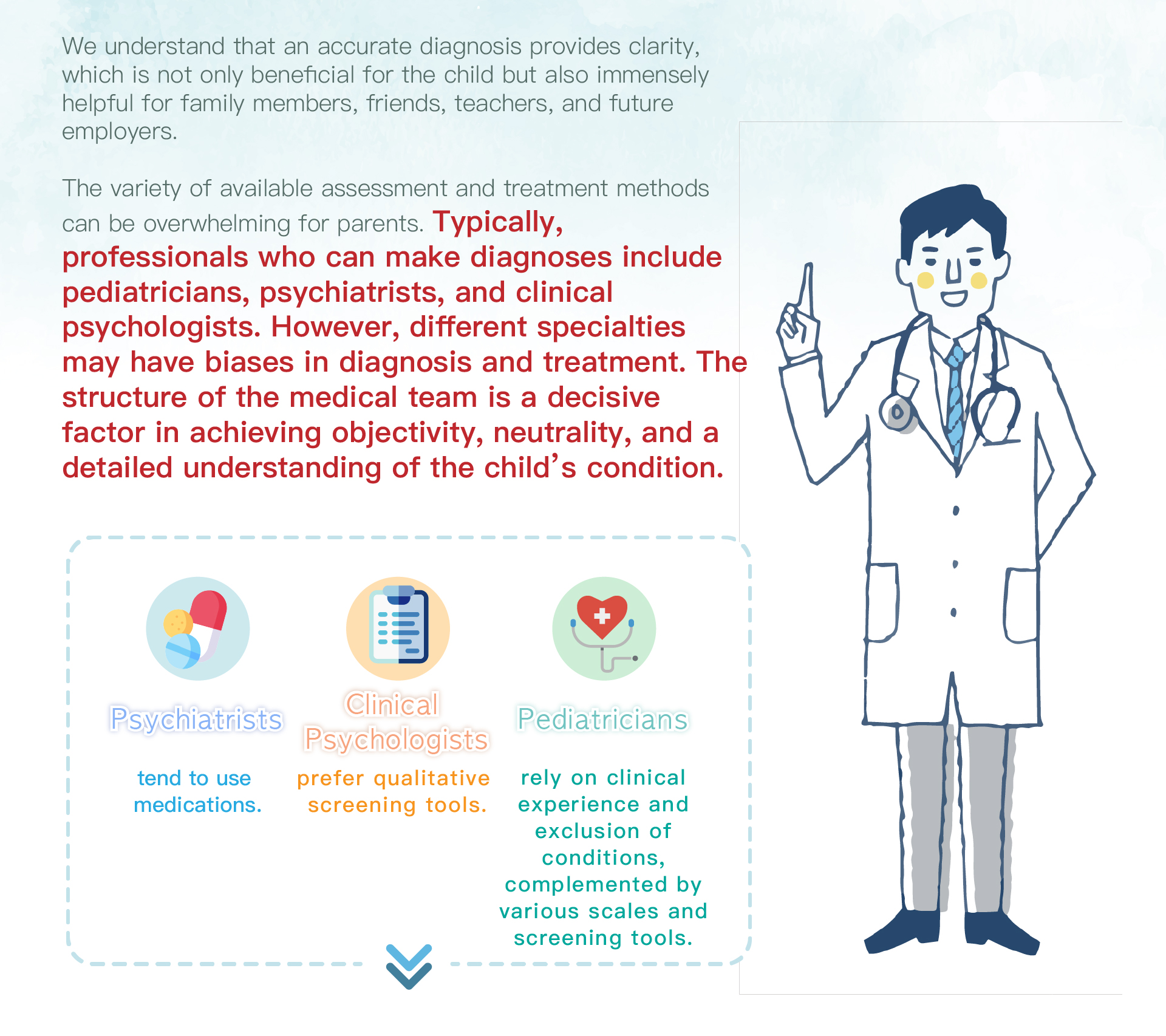
Therefore even regarding a single case, there can be a significant differences in diagnosis and treatment among professionals. As a result , many families seek opinions from multiple doctors but still struggle to obtain a consistent diagnosis.
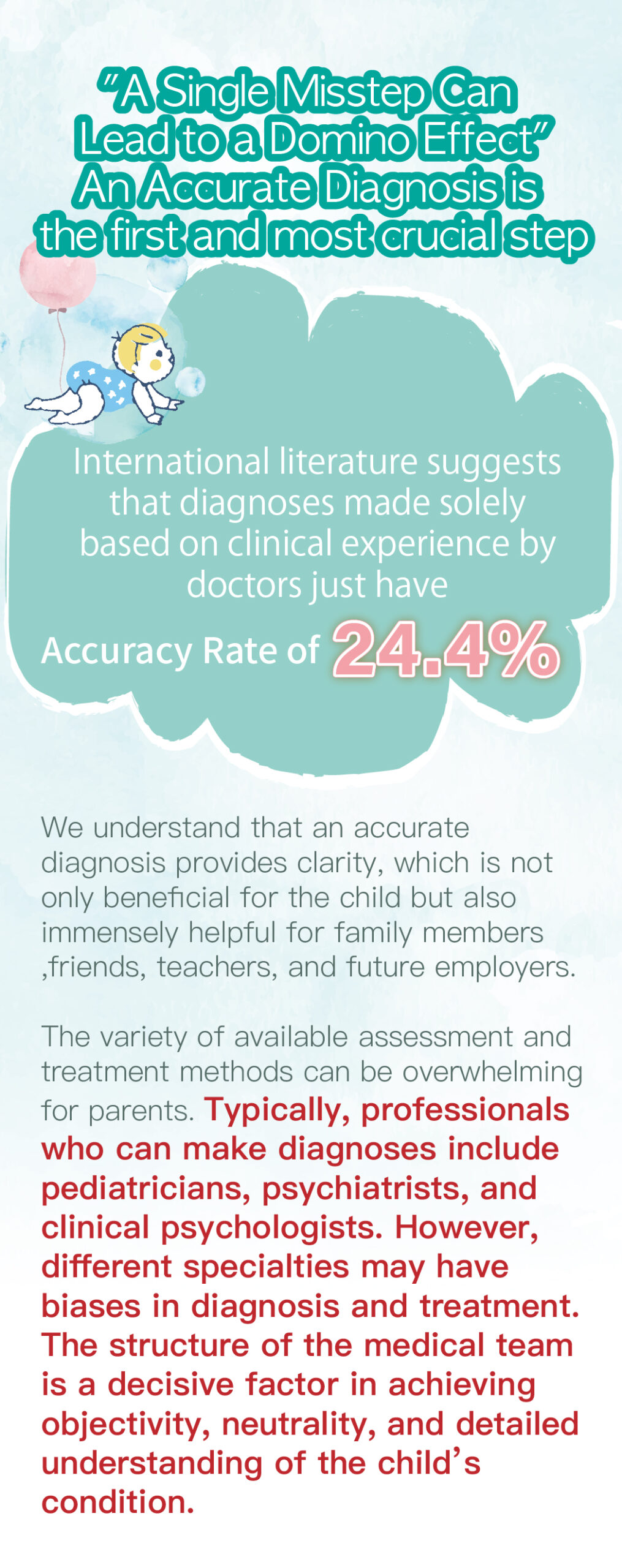
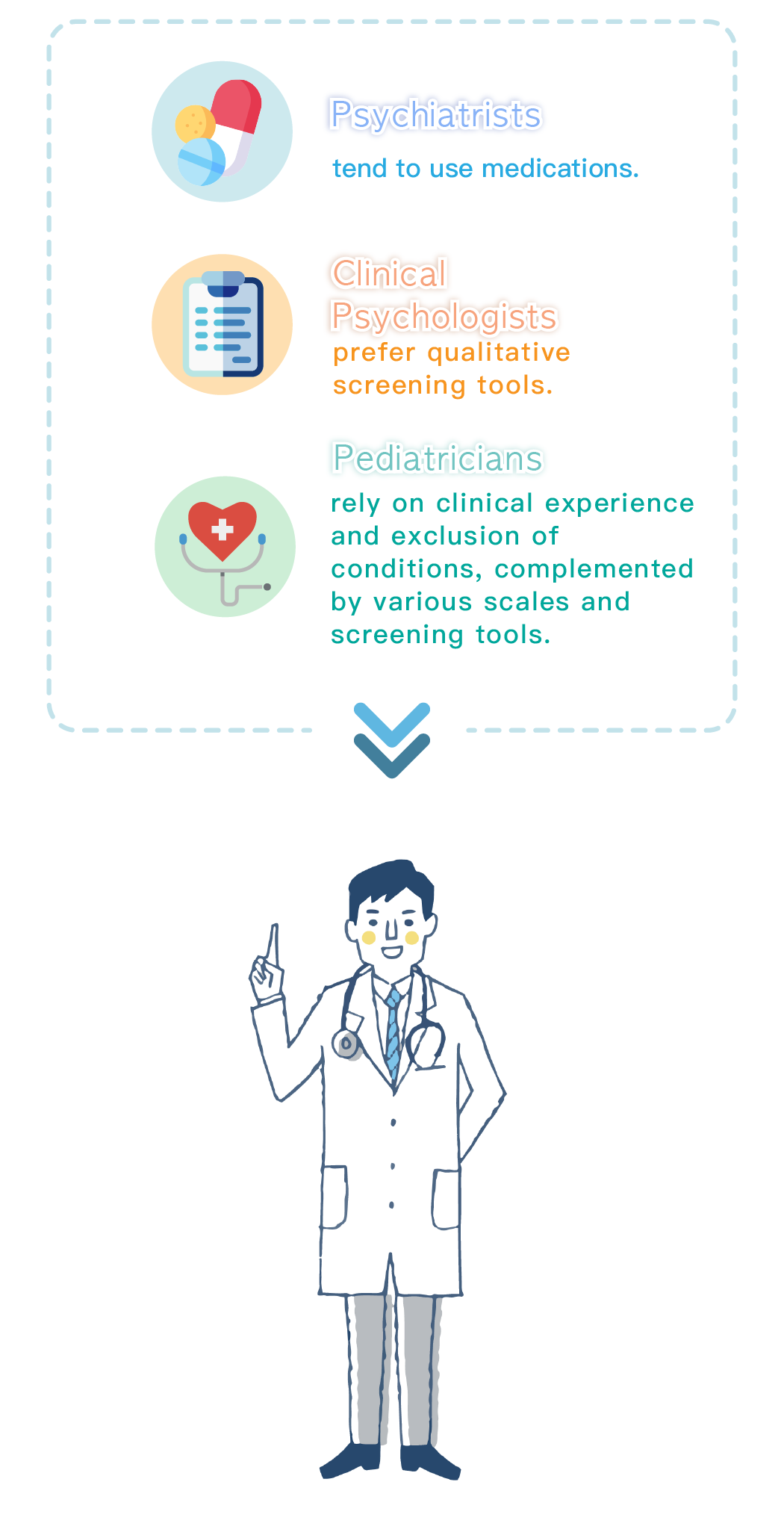
Therefore even regarding a single case, there can be a significant differences in diagnosis and treatment among professionals. As a result , many families seek opinions from multiple doctors but still struggle to obtain a consistent diagnosis.
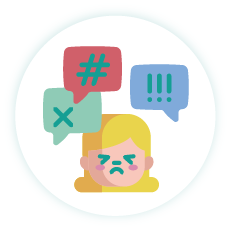
Isolated Speech Delay
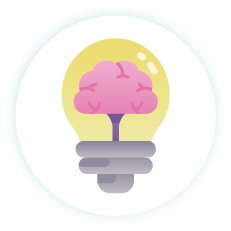
Global Developmental Delay
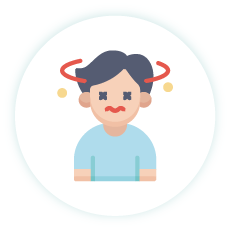
Social Anxiety/
Anxiety Disorder
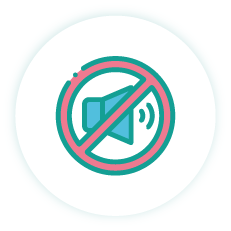
Selective Mutism

Inattentive Type ADHD-PI
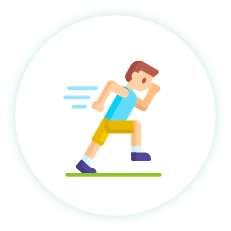
Hyperactive-Impulsive Type ADHD-PH

Combined Type ADHD-C
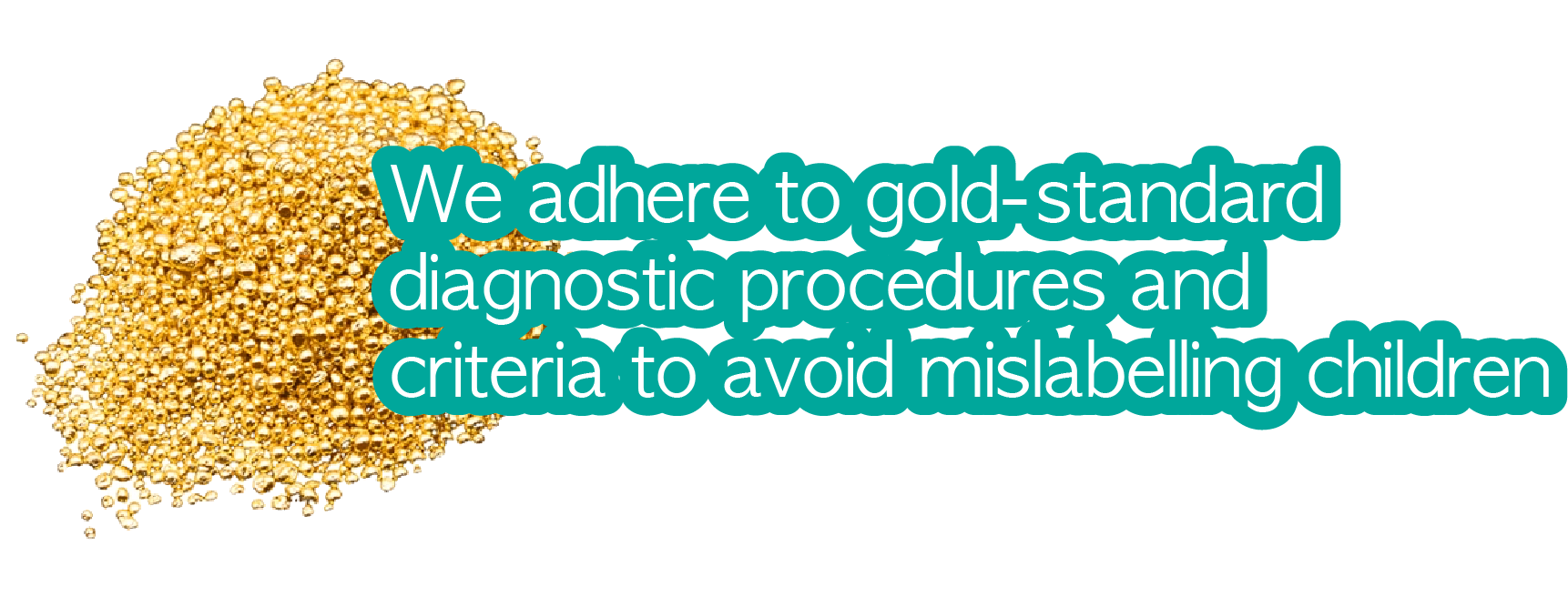
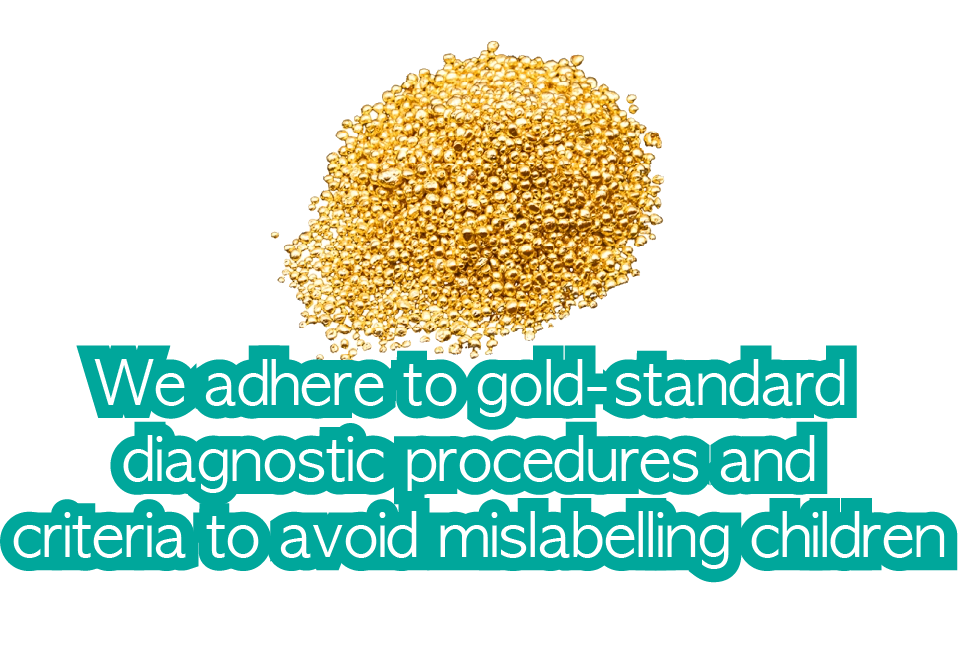
LuxMed is one of the few comprehensive , one-stop medical centers for child development and emotional disorder support. We bring various professionals together , including pediatricians, psychiatrists, and clinical psychologists, to form a more neutral and objective diagnostic team.
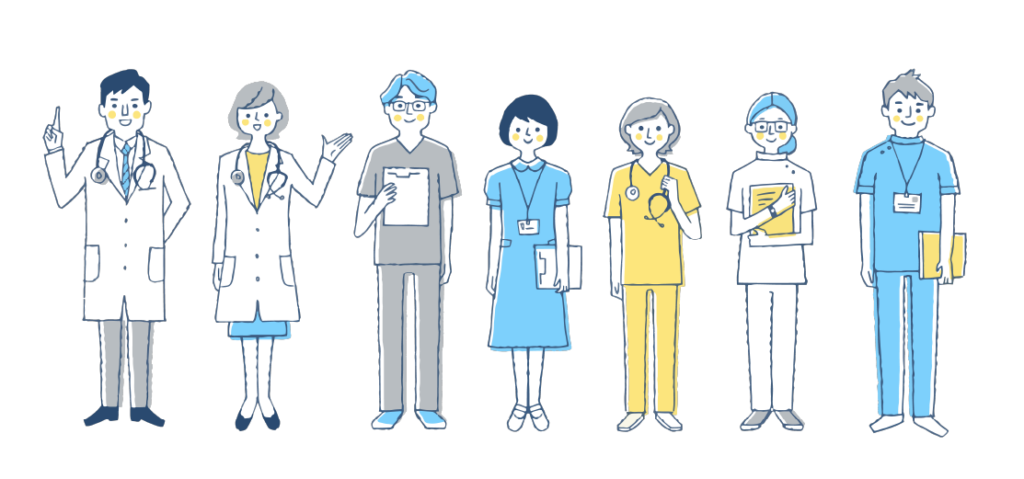
Our medical team uses not only locally common screening tools but also internationally recognized screening tools and child development scales. These tools are combined with various modules and high-standard validations. Additionally, to better understand the child’s condition, we utilize various quantitative screening tools and systems for analysis, adhering to gold-standard diagnostic procedures to refine diagnoses and provide optimal treatment.

We employ neuroscience techniques such as Neurofeedback by using Quantitative Electroencephalogram (qEEG) instruments to help analyze and identify the source of the disorder, significantly improving diagnostic quality and consistency. Our technologies and instruments are certified by various international authoritative organizations, including the FDA, ISNR, NCME, APA (American Academy of Pediatrics), and the European Academy of Pediatrics. Based on our medical team’s diligent review of different literature, we believe this is the only internationally validated protocol for effective ADHD treatment using qEEG.
By collecting brainwaves and analyzing different regions, and comparing them to a normal database reference, we can determine which part of the brain is overactive, underactive, unsynchronized with other regions, or has excessive or insufficient communication. This effectively aids doctors in making accurate diagnoses.
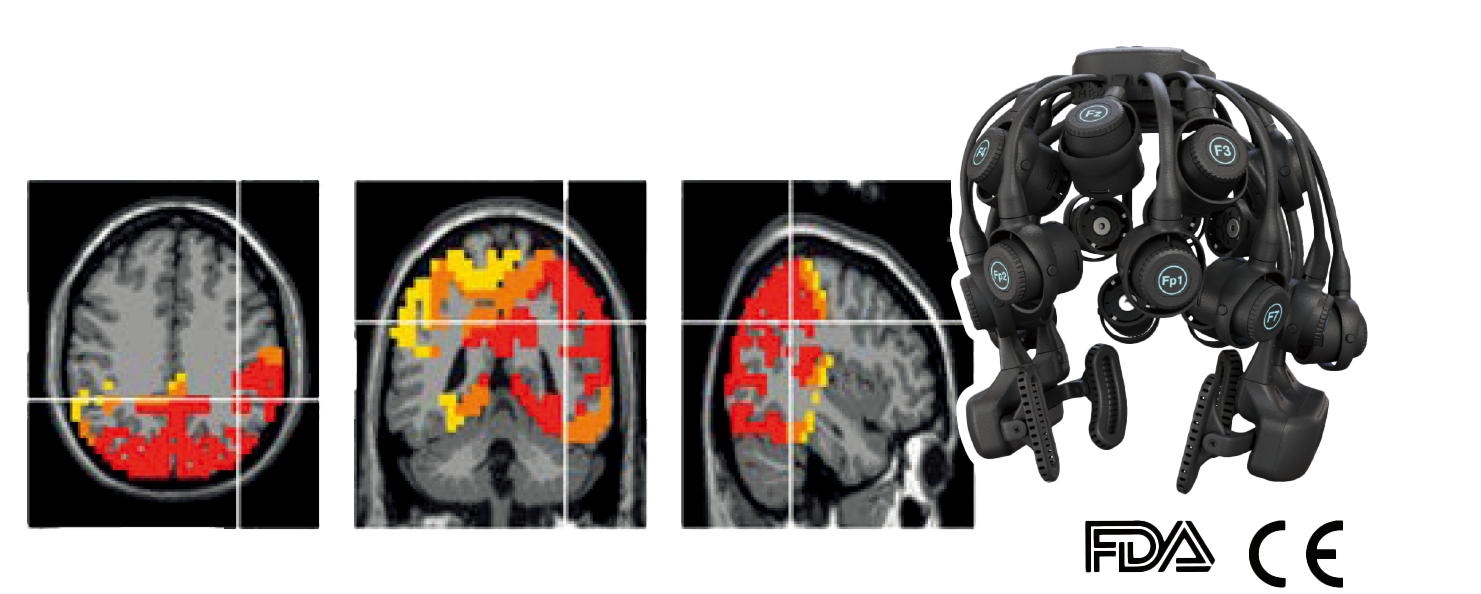
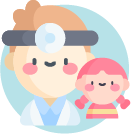
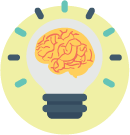
Psychiatrist
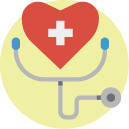
General Practice

Clinical Psychologist
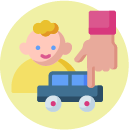
Educational Psychologist
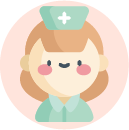
Registered Nurse
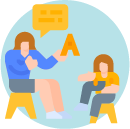
Speech Therapist
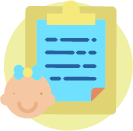
Occupational Therapist

Play Therapist
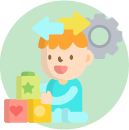
Behavior Therapist
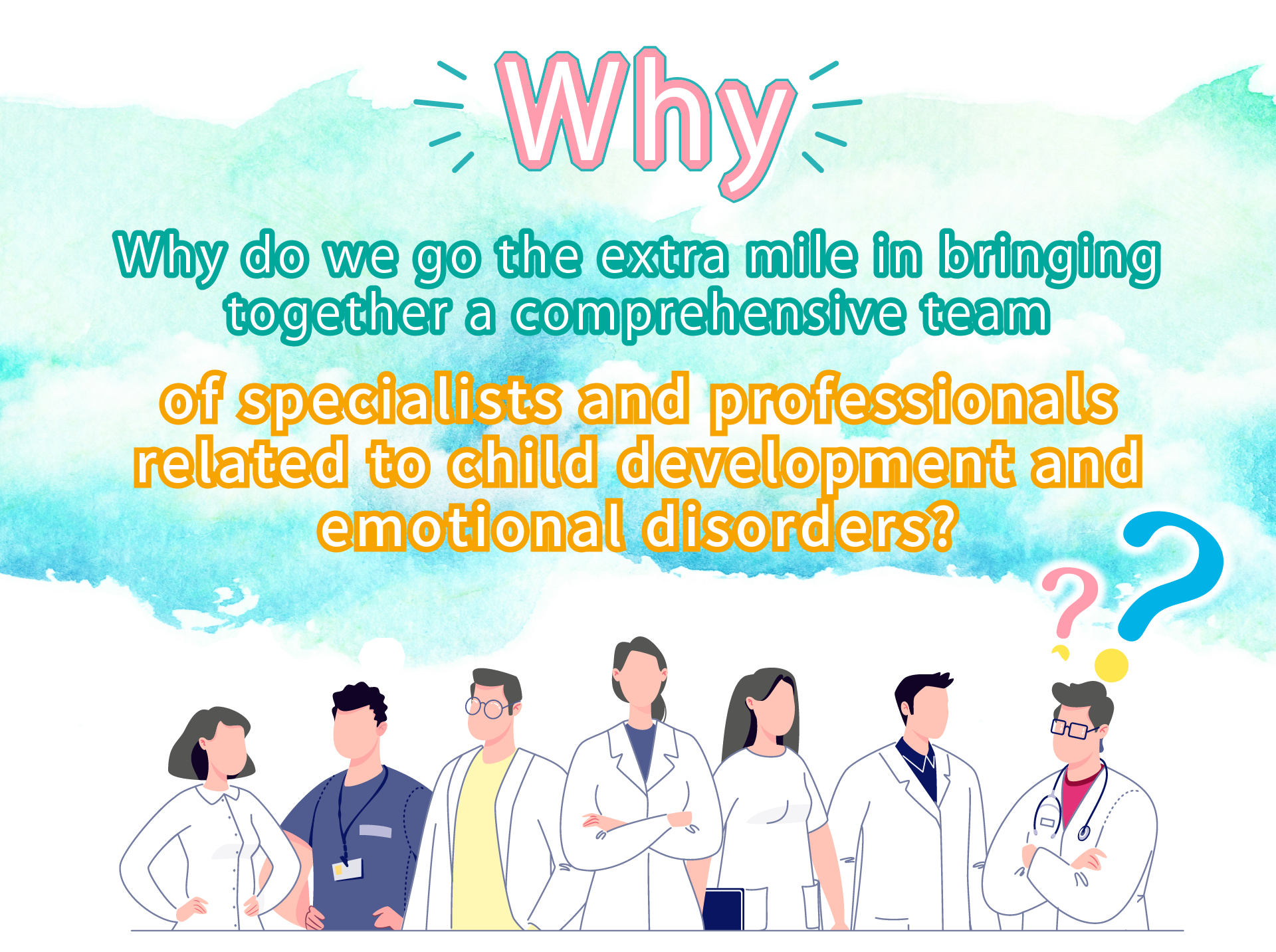
Our Team includes: Pediatric Specialists; Psychiatric Specialists; Clinical Psychologists; Educational Psychologists; Occupational Therapists; Speech Therapists; Board Certified Behavior Analysts (BCBA); General Practitioners; Play Therapists; Registered Nurses.
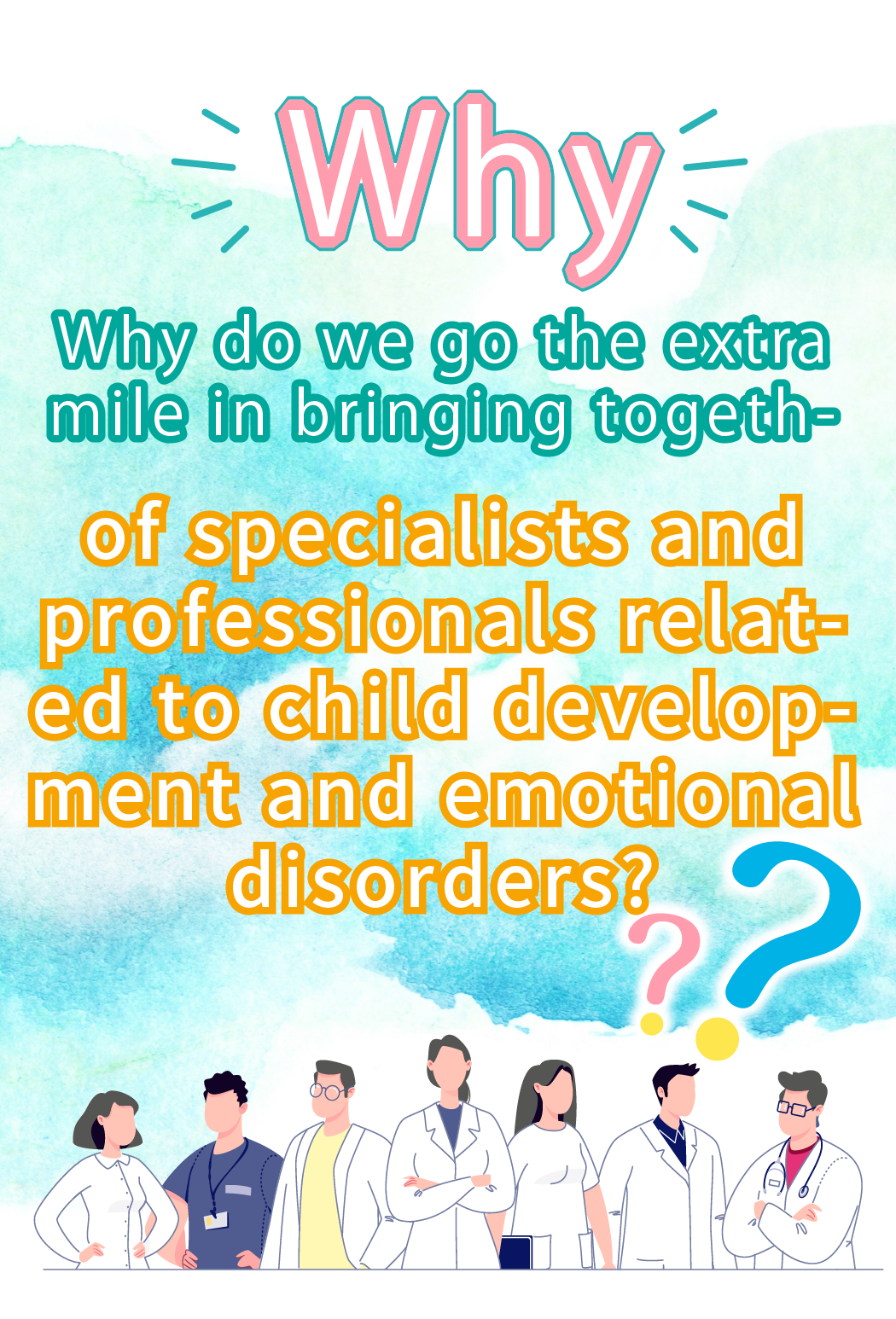
Our Team includes: Pediatric Specialists; Psychiatric Specialists; Clinical Psychologists; Educational Psychologists; Occupational Therapists; Speech Therapists; Board Certified Behavior Analysts (BCBA); General Practitioners; Play Therapists; Registered Nurses.
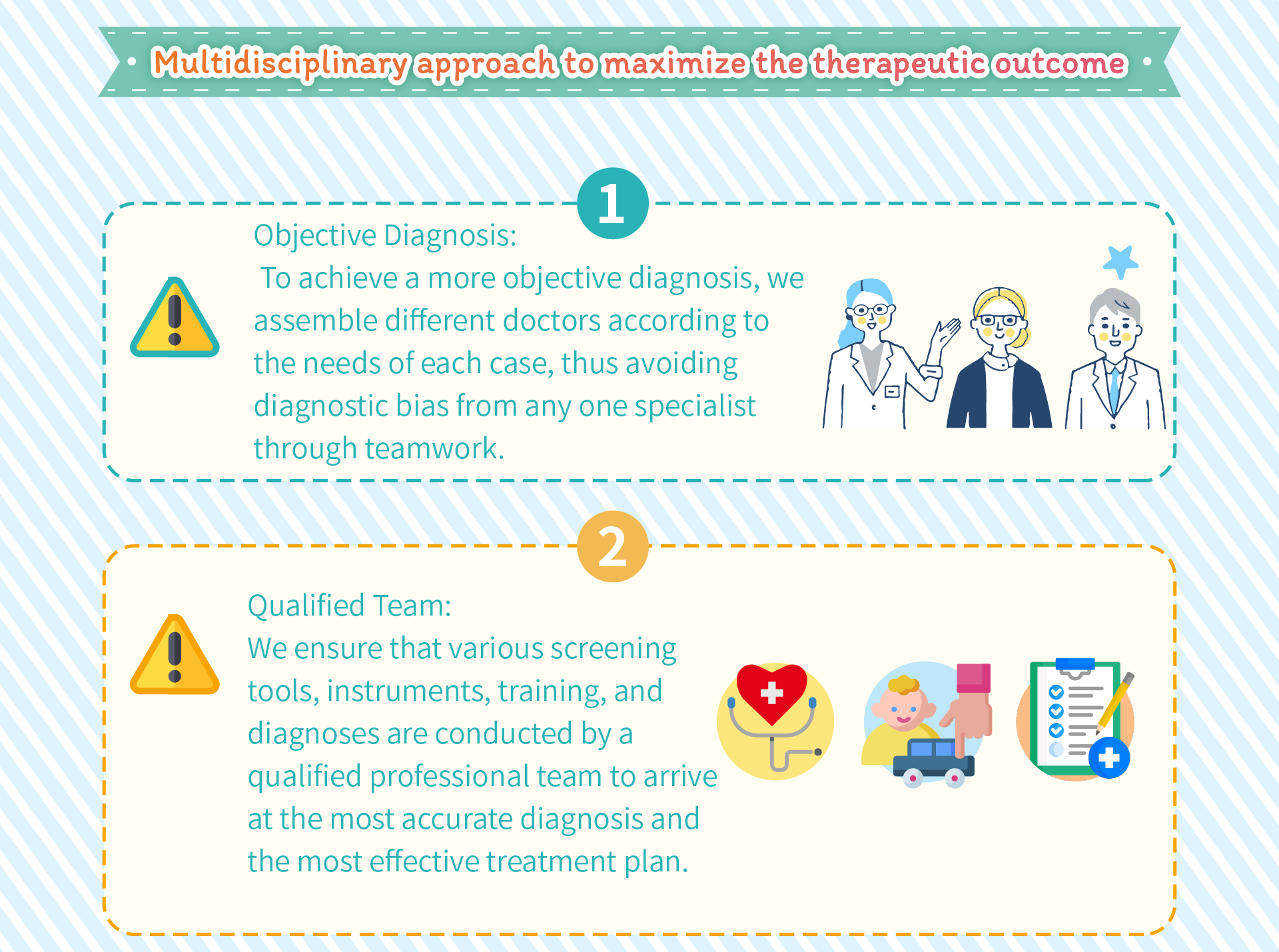
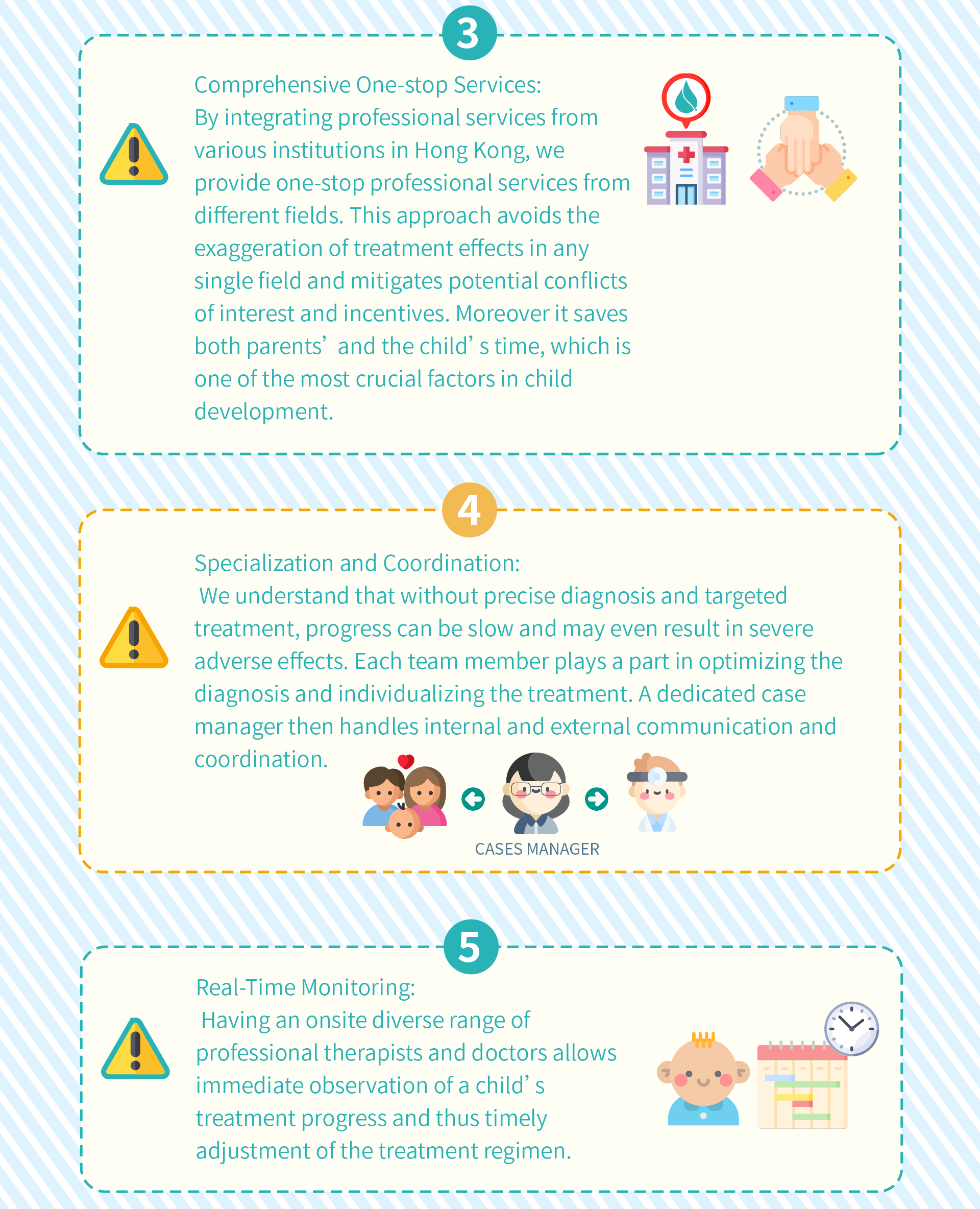
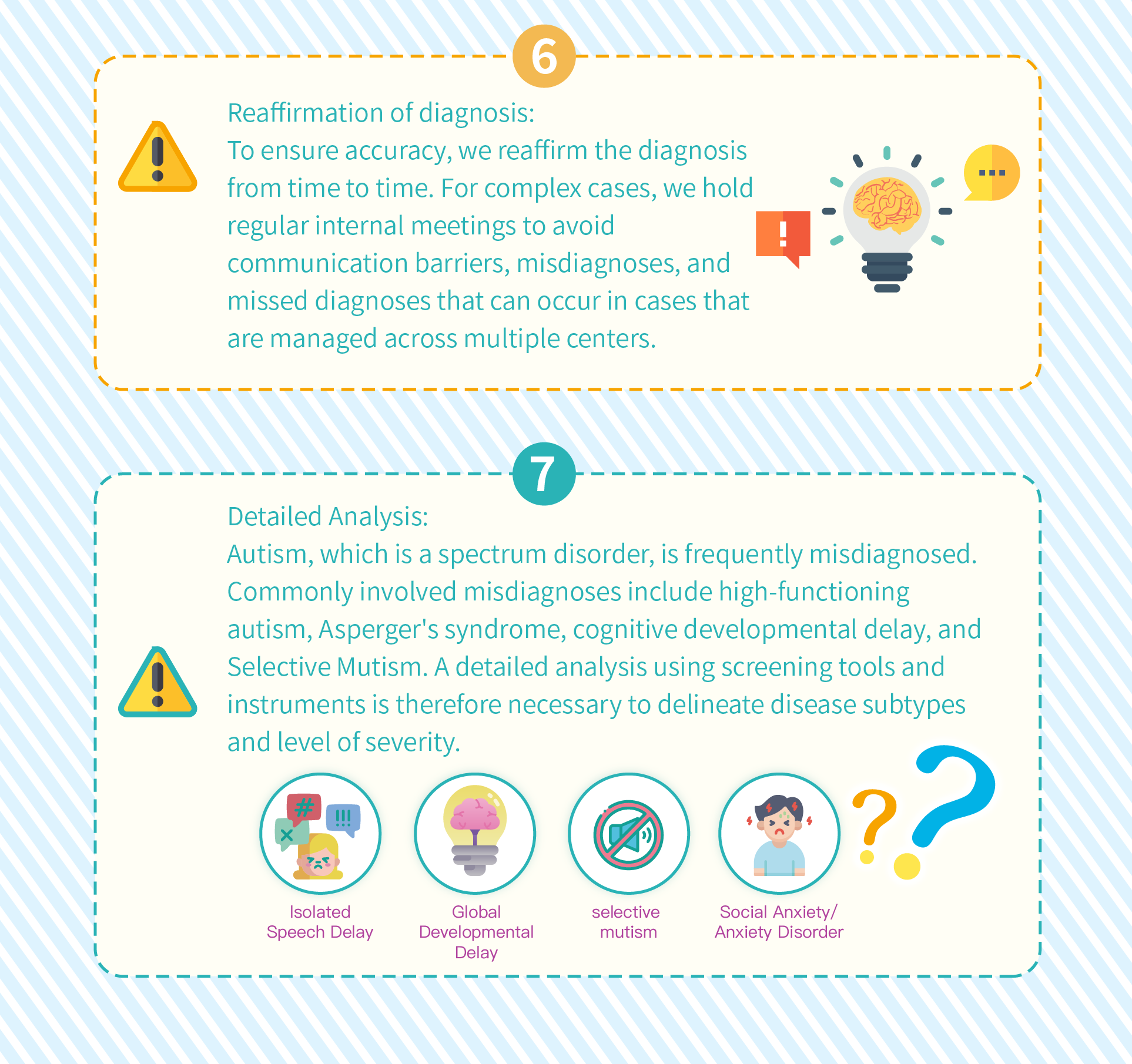
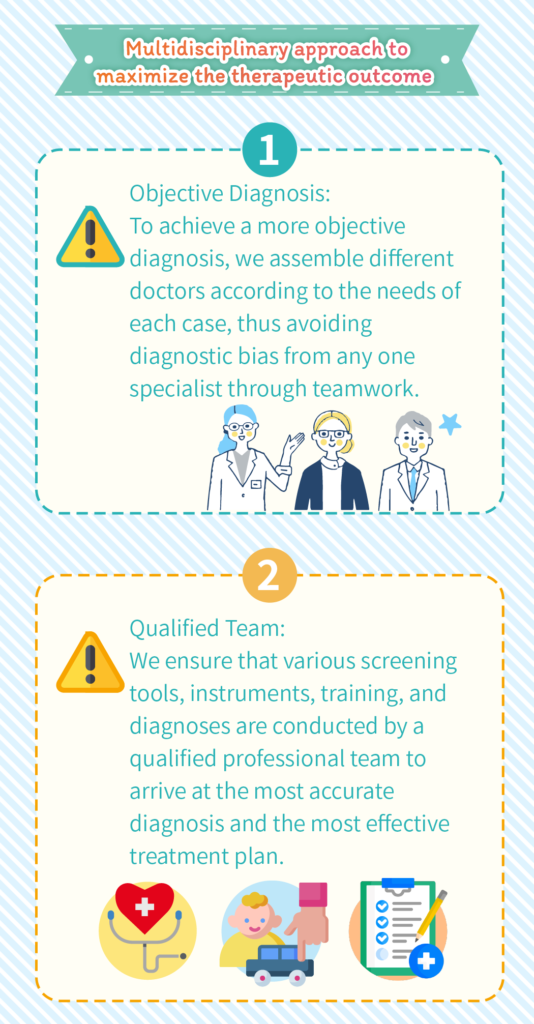
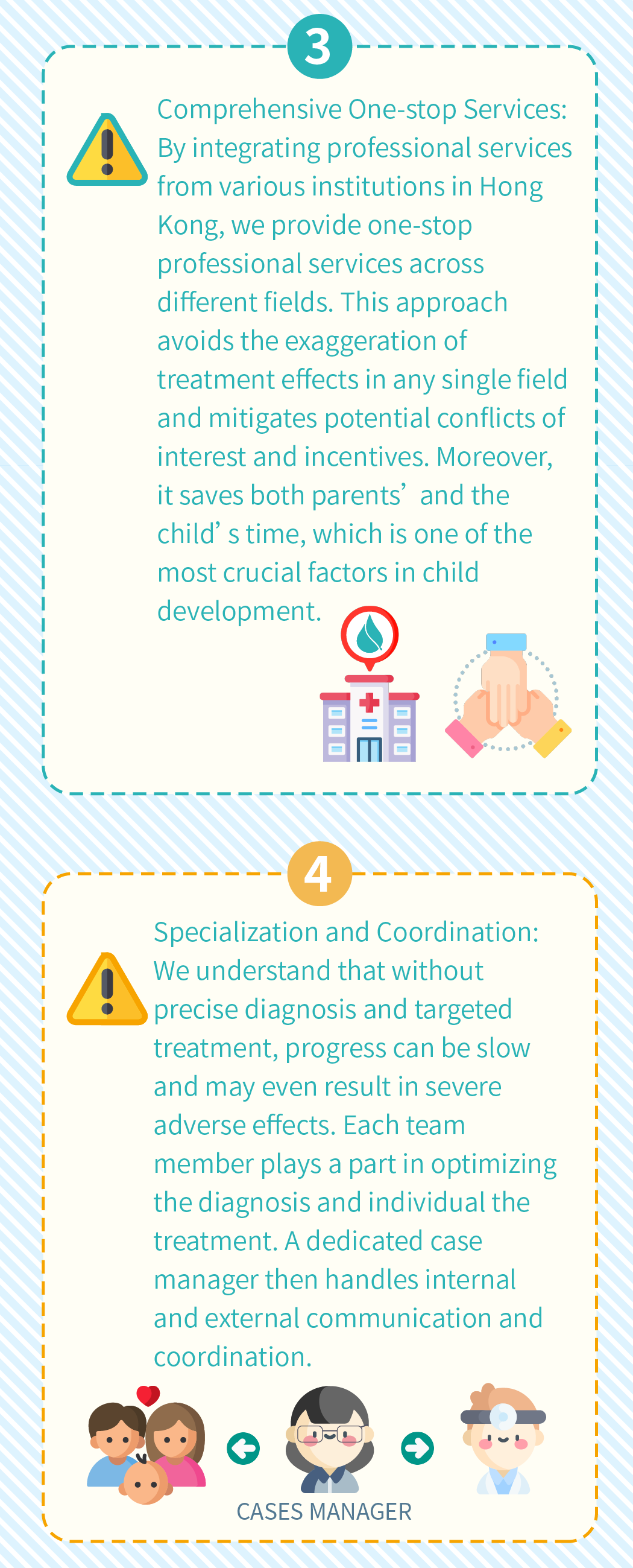
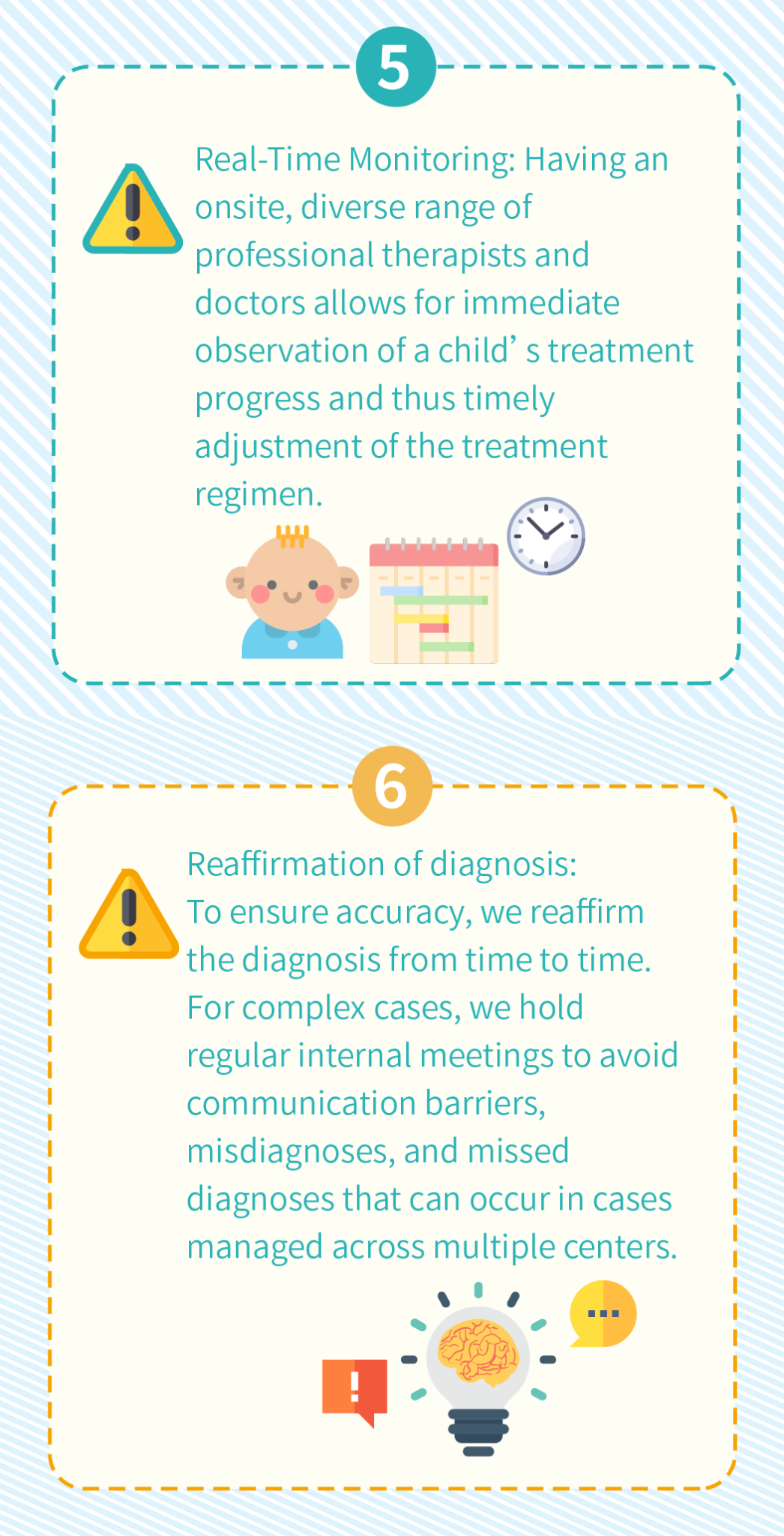
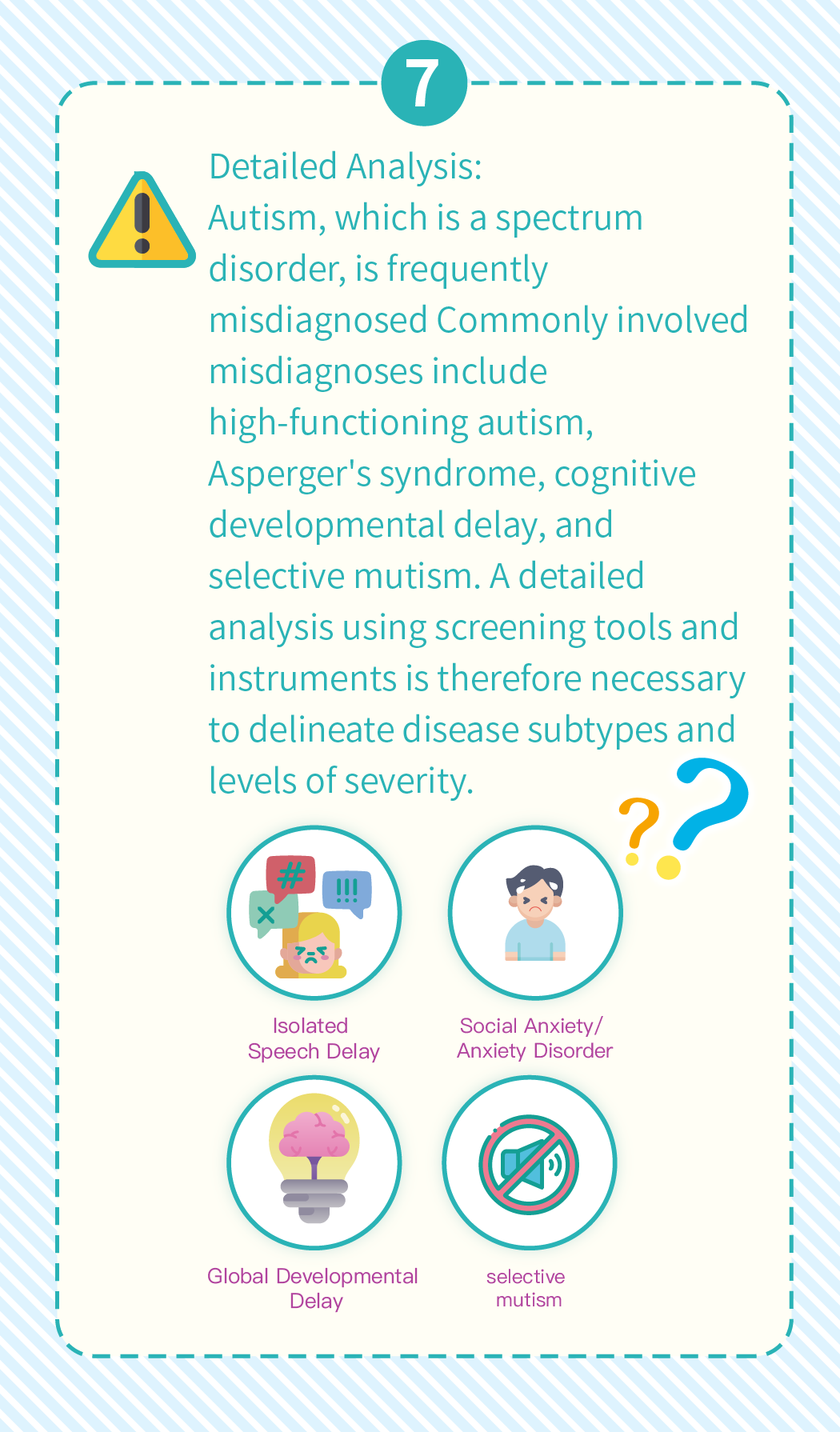
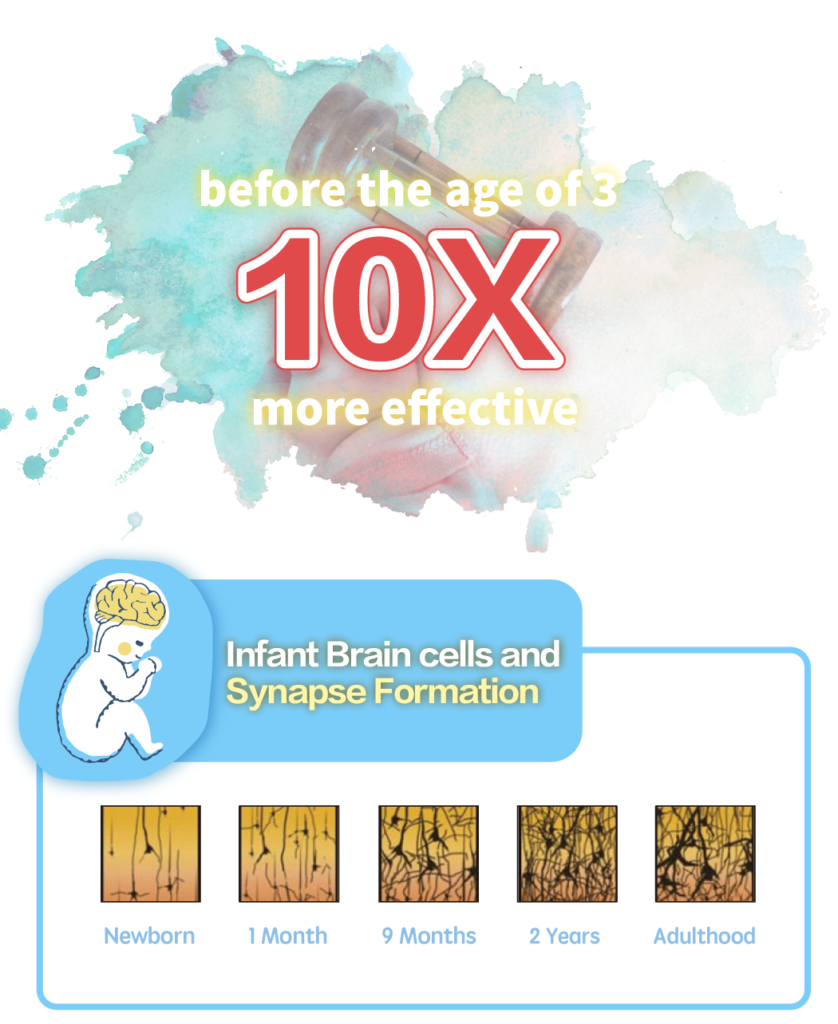
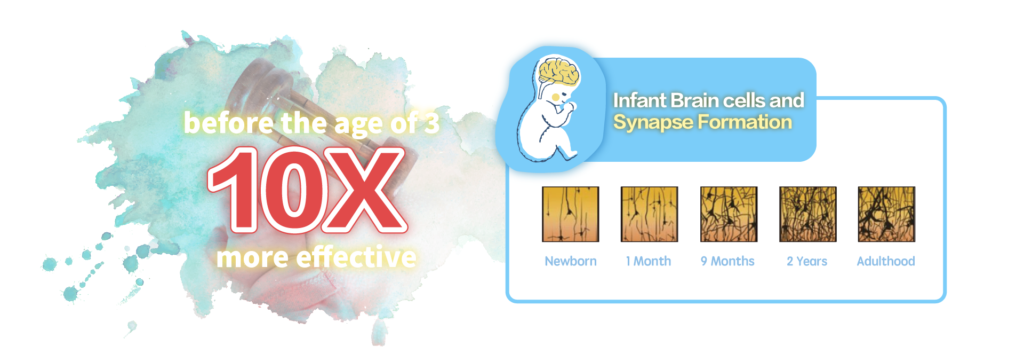
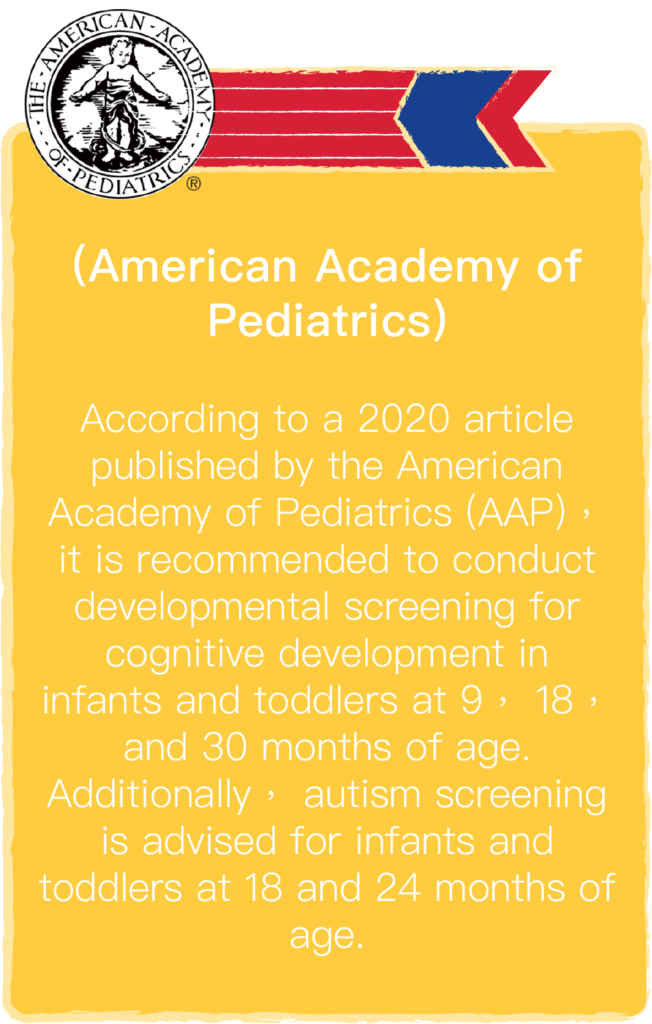
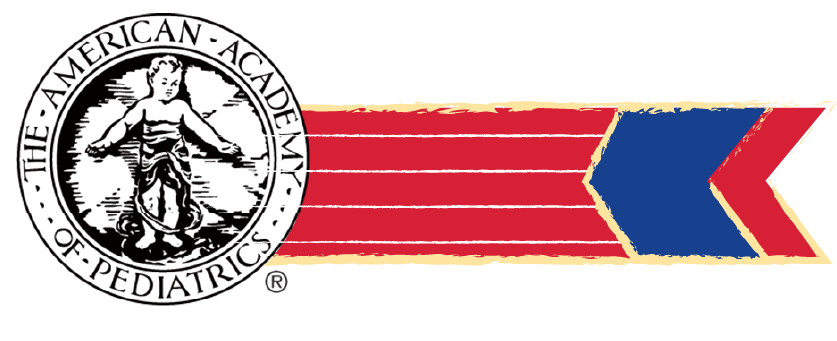

Social and interpersonal relationships

Self-care skills
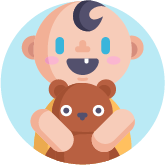
Fine motor skills
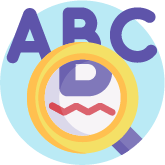
Communication
and language

Cognitive function
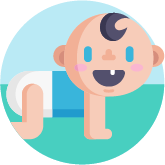
Gross motor skills
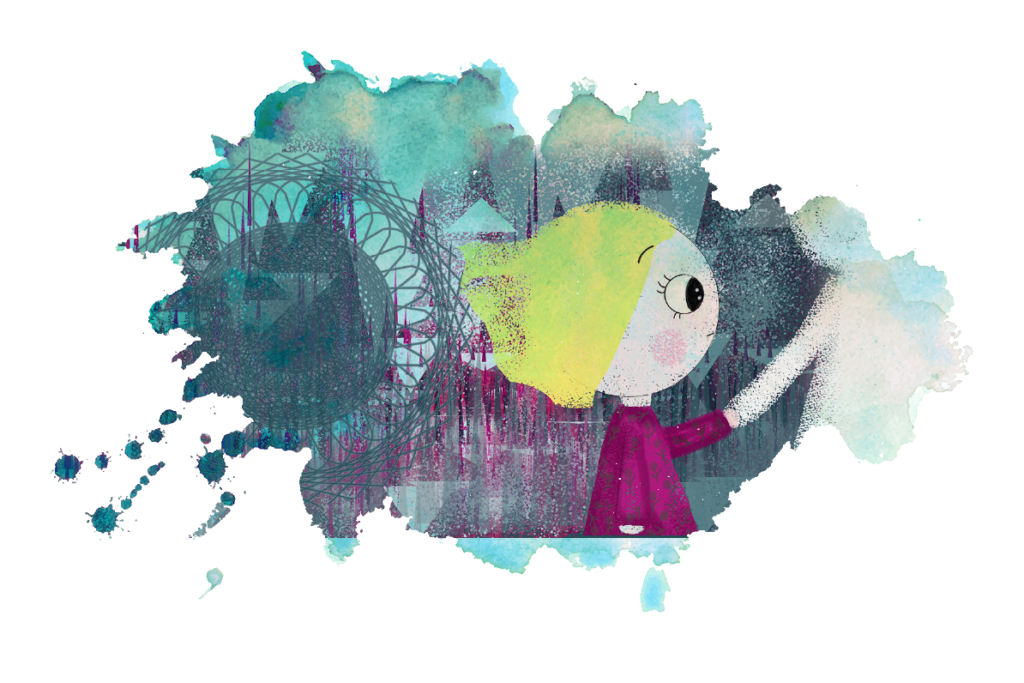
1.Attention Deficit and
Hyperactivity Disorder (ADHD)
Attention Deficit and Hyperactivity Disorder (ADHD)
Attention Deficit and Hyperactivity Disorder (ADHD) is a neurophysiological disorder, strongly associated with genes. Studies indicate that children with ADHD are 4 to 5 times more likely to have parents or siblings with the same disorder compared to other children. Factors such as genetics, environment, and different life stages all influence the extent and severity of ADHD symptoms.
ADHD is one of the most common behavioral disorders in children, with an incidence rate of 5-9% among school-aged children. In Hong Kong alone, it is estimated that over 40,000 children and adolescents are affected by ADHD. Patients generally exhibit excessive hyperactivity, impulsiveness, and short attention spans, leading to difficulties in learning and social interactions, which consequently affect their daily lives. Appropriate treatment can help improve symptoms, enabling them to lead normal school, family and social lives.
Diagnosing ADHD before the age of 9 makes treatment relatively simpler. After 9 years old, negative impacts such as low self-esteem, underachievement, poor relationships with parents, teachers, and peers, anxiety, mild to moderate depression, and even substance abuse may start to emerge. ADHD can have severe effects not only on a child’s academic performance, but also on his/her health, social life, and mental well-being, potentially further disrupting their lives. If you suspect your child is struggling with ADHD, early assessment enabling early medical intervention is highly recommended.
2. Autism Spectrum
Disorder (ASD)
Autistic Spectrum Disorder (ASD)
Autistic Spectrum Disorder (ASD) is a congenital developmental disorder. Children with ASD typically exhibit developmental obstacles in communication and social interaction, sensory hypersensitivity, and a preference for narrow, repetitive, and stereotyped behaviors, interests, or activities. Compared to their peers, they may appear indifferent, passive and lack empathy. They typically enjoy solitary play, avoid sharing and struggle with making friends. Communication challenges include difficulty expressing verbally and non-verbally, inadequate eye contact during interaction, and need for extremely detailed instructions. Symptoms generally become noticeable between ages one and two; more severe cases may be identified before one year old, while milder cases might not be recognized until after the age of two. ASD is becoming increasingly common, with data indicating that one in every 54 children is affected, with boys being more frequently diagnosed than girls, at a ratio of 4:1 (Year 2016). Treatment for ASD involves a thorough assessment of the child’s abilities across various domains, followed by discussions with parents about treatment options, which may include behavioral therapy, medication, and alternative therapies. Effective ASD training and treatment should address issues in social skills, communication, learning, and emotional regulation to reduce behavioral problems associated with autism.
3. Asperger’s Disorder
Asperger’s Disorder
Asperger’s Disorder, classified under the autistic spectrum disorder, is a developmental disorder caused by brain function abnormalities. Children with Asperger’s Disorder usually have normal or high intelligence and rarely experience language development delays. They display three primary symptoms: difficulties in social interaction, communication challenges, and rigid or narrow interests. Each child with Asperger’s Disorder may exhibit these symptoms in a different way. Accurate diagnosis requires detailed assessments by professionals such as psychiatrists or clinical psychologists.
4. Selective Mutism
Selective Mutism
Selective Mutism is a rare anxiety disorder categorized under anxiety disorders by the American Psychiatric Association’s Diagnostic and Statistical Manual of Mental Disorders. Children with selective mutism can speak normally and fluently in most situations but become anxious and completely mute in specific contexts or around particular people or in particular environments, often unable to explain why they cannot speak. This condition typically manifests in children aged 2-6, with more cases among girls than boys. Due to the unique cause and symptoms of selective mutism in each child, professional assessment and diagnosis is essential. The condition usually will not be able to resolve on its own, but early intervention can lead to significant improvement. In some cases, symptoms may persist into adolescence or adulthood.
5. Anxiety / Depression
Anxiety / Depression in Children
Just like adults, children and adolescents can experience depressive symptoms lasting more than two weeks, including persistent low mood, irritability, loss of interest in most activities, significant changes in appetite or weight, insomnia or excessive sleep, fatigue, tension or slowed thoughts and actions, difficulty concentrating, irrational guilt or hopelessness, and suicidal thoughts or behaviors. Some may exhibit more severe symptoms, such as delusions or hallucinations. Due to limited expressive abilities, children might not articulate their feelings clearly. And usually parents or teachers only notice the subsequent impact on daily life manifesting as academic decline, lack of motivation, or social difficulties. In these cases addressing the underlying depression is crucial compared to disciplinary measures aiming to resolve these academic or behavioral problems.
6. Dyslexia
Dyslexia
Dyslexia primarily results from congenital abnormalities in brain structure and function. In Hong Kong, approximately 10-12% of children have dyslexia, of which about 70% cases are mild, 20% moderate, and 10% severe. Children with dyslexia often struggle with accurate and fluent word recognition and writing, potentially due to difficulties in distinguishing pronunciation and the shapes of words while reading and writing. Because of these challenges, children may also have problems with reading comprehension, which can reduce their reading frequency and affect their vocabulary acquisition and overall cognitive development. Children with dyslexia often perform significantly worse in language subjects compared to their peers, despite having normal intelligence and sensory functions. Their reading and writing difficulties are not due to a lack of education or learning motivation. Currently, there is no medication for treating dyslexia. Assistance primarily focuses on educational support, including evidence-based reading intervention methods, tailored teaching approaches to meet student needs, and adjustments with auxiliary equipment in the learning environment.
7. Speech & Language Delay
Speech & Language Delay
Speech & Language Delay is identified when a child does not achieve age-appropriate language expression abilities by a specified age. Major causes include attention deficits, intellectual problems, inadequate oral muscle activity, hearing issues, or simply a multilingual environment. Additionally, the most common cause of speech and language delay is a lack of an appropriate language learning environment. For example, over-coddling may reduce opportunities for communication practice, a lack of role models for speech imitation, or exposure to multiple languages at home. If parents notice symptoms of speech and language delay in their child, they should seek professional help as early as possible.

Unit 1301-02, Ocean Centre, No.5 Canton Road, Tsim Sha Tsui, Kowloon

Luxmed Pediatrics and Obstretrics Hotline:
3725 5500
Email Address: info@luxmed.hk
Address: Unit 1301-02, Ocean Centre, No.5 Canton Road, Tsim Sha Tsui, Kowloon

Luxmed Pediatrics and Obstretrics Hotline:
3725 5500
Email Address: info@luxmed.hk
Address: Unit 1301-02, Ocean Centre, No.5 Canton Road, Tsim Sha Tsui, Kowloon

Luxmed Pediatrics and Obstretrics Hotline:
3725 5500
Email Address: info@luxmed.hk
Address: Unit 1301-02, Ocean Centre, No.5 Canton Road, Tsim Sha Tsui, Kowloon
Copyright © 2021 Luxmed Pediatrics and Obstetrics